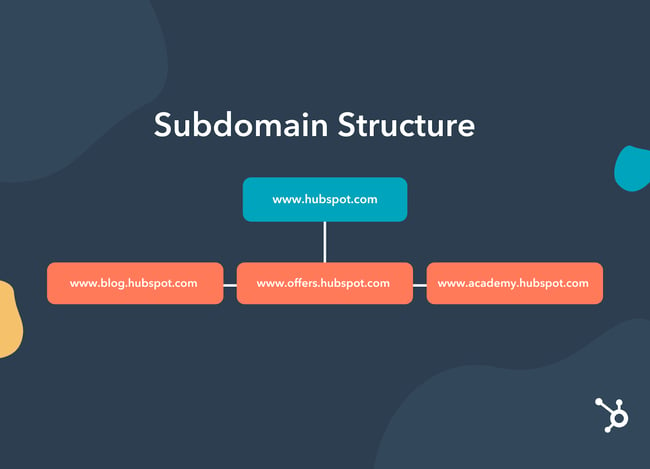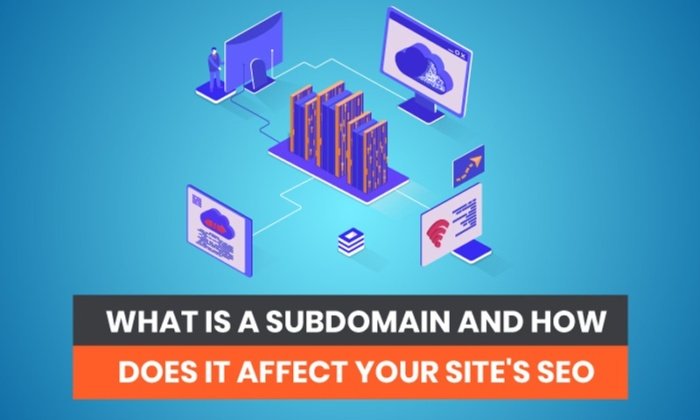Subdomain or Subdirectory? What They Are & How They Affect SEO

One of the most heated arguments that I’ve been a part of was about whether or not Taylor Swift is a good dancer.
The first thing you should know about me is that Taylor Swift is my favorite artist. So you’d have a hard time convincing me she’s bad at anything (because she isn’t).
SEO experts are probably the same way when debating whether subdomains or subdirectories are better for SEO. As a marketer, that debate can cause confusion and analysis paralysis.
In this article, you’ll learn the differences between a subdomain and subdirectory and how they affect SEO. There are pros and cons to both, and you’ll want to consider all of these factors before moving forward with your website project.
Subdirectory URL
In a URL, the subdirectory comes after the root directory or domain name. For example, HubSpot’s root domain is hubspot.com. So a subdirectory URL might be hubspot.com/pricing. Or it might be something more complicated like hubspot.com/pricing/sales. Below is an illustration of one possible subdirectory structure.
When it comes to subdirectories, think of a structure similar to nesting dolls. Each folder can build off of one another almost indefinitely. That means you could have a subfolder within a subfolder within a subfolder until you’re dozens, potentially hundreds, of layers deep.
But just because you can doesn’t mean you should.
Too many layers of subfolders can become an SEO nightmare. The URL string becomes long and confusing, the user experience is at risk with every click it takes to get to the next piece of content, and search engine crawlers will find it nearly impossible to crawl your site for new content and other SEO wins you may have added.
On the other hand, subfolders can be great for SEO as they keep any earned backlinks, domain authority, and page authority closely tied to the root domain. And when the site is fairly easy to navigate, the URLs are short and simple, like hubspot.com/careers, which means you can market specific webpages or landing pages by their URL without confusing your audience.
The structure of a subdomain is fairly flat at the top levels. You’ll have your root directory, then all the subdomains underneath it in a horizontal row. All subdomains are on the same level. You won’t have a subdomain within a subdomain like you would a subfolder within a subfolder.

SEO and Subdomains
A subdomain can be great for SEO, but it will require a dedicated person or team that can manage it. Unlike subdirectories, a subdomain’s domain authority won’t automatically trickle down from the primary domain name. You might also pay extra for tools or subscriptions if you’re billed per domain name since each subdomain will typically count as a separate website. Keeping these challenges in mind, let’s take a closer look at the benefits of using a subdomain.
Why use subdomains?
Subdomains are ideal if your business …read more
Source:: HubSpot Blog








